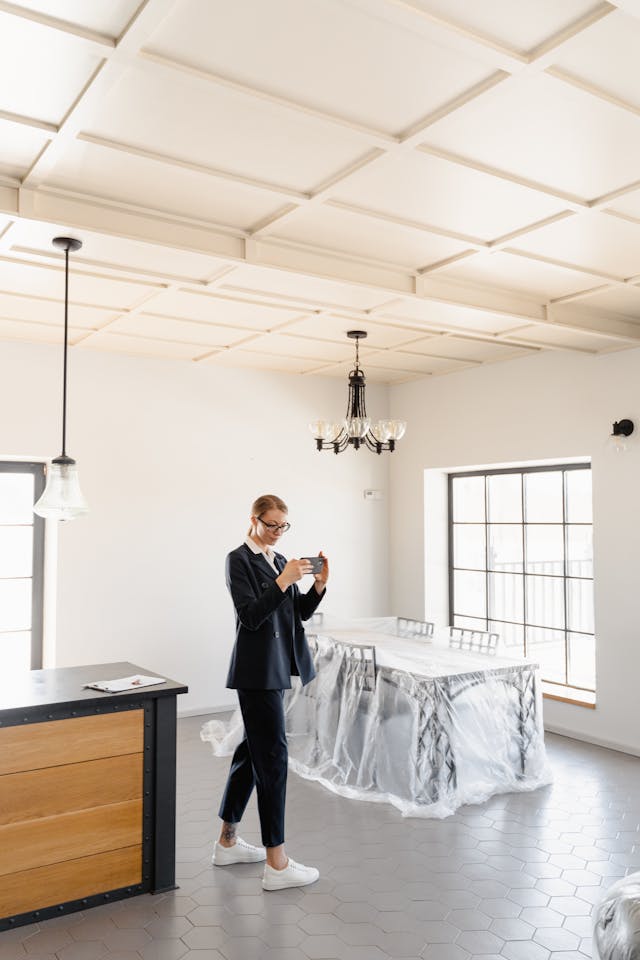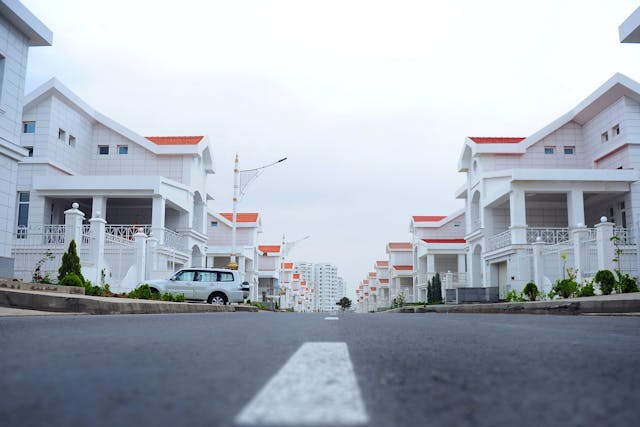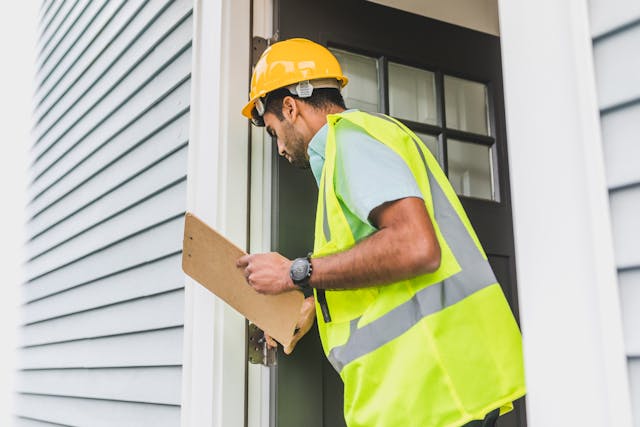Keeping a rental property in top condition is essential for landlords. Regular inspections help you spot problems early, ensuring the property remains safe and welcoming for tenants. This ultimate property management inspection checklist will guide you through the key areas to examine, making your job easier and more efficient.
Exterior Inspection
Start with the outside of your property. Check the roof for any missing or damaged shingles, which can cause leaks. Look at the gutters to ensure they are clean and not clogged, as this can lead to water damage. Examine the siding or paint for any signs of wear or cracks. Don’t forget to inspect the windows and doors for proper sealing, which helps keep the property energy-efficient and secure. Lastly, walk around the yard to make sure it’s well-maintained, with no overgrown trees or bushes that could damage the property or pose safety risks.
Interior Inspection
Moving inside, begin with a general walkthrough of each room. Check the ceilings and walls for any signs of leaks or cracks. Inspect the floors for any damage or wear, paying special attention to areas with high foot traffic. Test all the lights and electrical outlets to ensure they are working correctly. In the kitchen and bathrooms, check for leaks under sinks, around toilets, and near appliances. Make sure that all safety equipment, like smoke detectors and carbon monoxide detectors, are functioning properly. Look at the heating and cooling systems to ensure they are clean and working efficiently.
Safety and Compliance Inspection
Safety is a top priority for any rental property. Ensure that all stairways and railings are secure and in good condition. Check that all fire extinguishers are easily accessible and not expired. Make sure that escape routes are clearly marked and unobstructed. Verify that all locks on doors and windows are working correctly to ensure the security of the property. Additionally, ensure the property complies with local building codes and regulations. This includes checking for any pest infestations and ensuring that the property is free of mold and other health hazards.

Plumbing and Electrical Systems Check
A thorough inspection of the plumbing and electrical systems is crucial. Begin by checking all faucets, showers, and toilets for leaks or slow drainage. Look for any signs of water damage under sinks and around pipes. Test water pressure to ensure it is consistent and strong throughout the property. Next, inspect the electrical panel for any signs of wear or damage. Ensure all circuit breakers are labeled correctly and in good working order. Test all light switches and outlets to make sure they are functioning properly and are safe to use. Addressing any plumbing or electrical issues promptly can prevent larger, more costly problems in the future.
Appliances and Fixtures Review
Inspecting all appliances and fixtures in the property is essential to ensure they are working correctly and safely. Start with the kitchen appliances, such as the stove, oven, refrigerator, and dishwasher. Check that they are clean, in good condition, and operating properly. Move on to the laundry appliances, if applicable, ensuring that the washer and dryer are functioning correctly and that there are no leaks or unusual noises. Don’t forget to inspect smaller fixtures like ceiling fans, light fixtures, and faucets. Make sure everything is secure and working as expected, and replace any items that are broken or worn out to keep the property in top shape.
HVAC System Inspection
The heating, ventilation, and air conditioning (HVAC) system is a critical part of any property. Start by checking the thermostat to ensure it is working correctly and accurately regulating the temperature. Inspect the HVAC unit for any visible signs of wear or damage. Replace air filters regularly to keep the system running efficiently and to improve air quality. Test the heating and cooling functions to make sure the property can maintain a comfortable temperature in all seasons. Additionally, schedule professional maintenance at least once a year to keep the HVAC system in good working order and extend its lifespan.
Roof and Attic Examination
Inspecting the roof and attic is vital to prevent water damage and maintain the property’s structural integrity. Begin by checking the roof for any missing or damaged shingles. Look for signs of wear, like sagging or mold, which can indicate deeper issues. In the attic, check for signs of leaks, such as water stains on the ceiling or damp insulation. Ensure there is proper ventilation to prevent moisture buildup, which can lead to mold growth and structural problems. Regular roof and attic inspections help keep your property safe and dry.

Windows and Doors Check
Windows and doors play a key role in energy efficiency and security. Start by checking all windows and doors for proper sealing. Look for any gaps or drafts, as these can lead to higher energy bills and discomfort for tenants. Ensure all locks and latches work correctly to maintain security. Inspect the condition of the frames and glass, repairing or replacing any that are damaged. Well-maintained windows and doors help keep the property safe, comfortable, and energy-efficient.
Flooring and Carpets Inspection
Inspecting the flooring and carpets is important for maintaining a clean and appealing living space. Begin by examining all floors for any signs of wear, damage, or stains. Pay special attention to high-traffic areas where wear is most common. Check carpets for cleanliness and consider professional cleaning if they are stained or dirty. Hardwood or tile floors should be checked for scratches, cracks, or loose tiles. Keeping the floors in good condition ensures a pleasant environment for tenants and helps maintain the property’s value.
